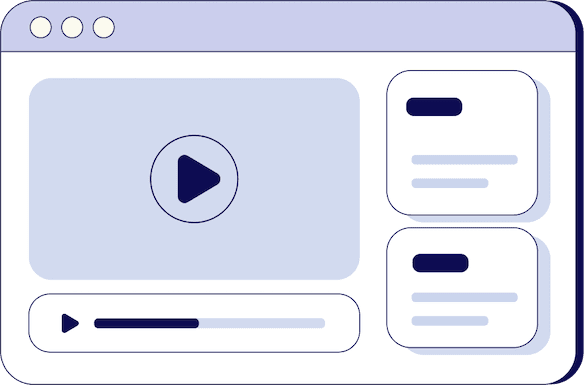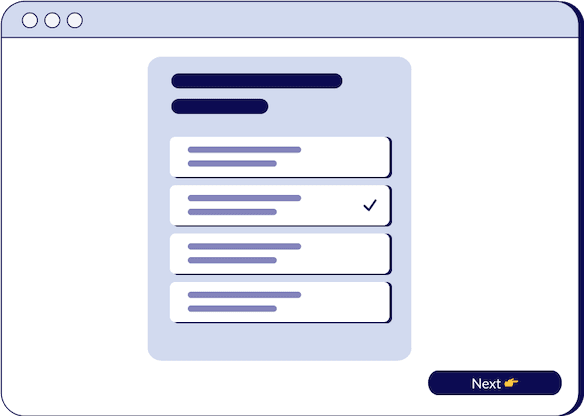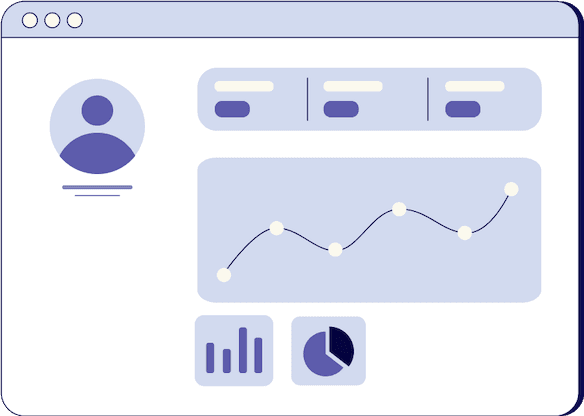
Metrics
Matt Doyon
Chief Executive Officer @ Triple Session

- duration
- 14 min
- Average Score
- 73%
- Stars
- 5
Have you ever wondered what sets successful sales reps apart? In a world driven by data and performance, metrics play a pivotal role in the sales methodology MEDDICC. To understand the significance of metrics, let's delve into their definition and unravel the benefits they bring to consultative sales.
Defining Metrics: The Language of Performance
Metrics are not just numbers; they are the quantifiable data that serves as the operating system and language of your client's business. Knowing this language is mission critical for successful outcomes throughout the buyer's journey. But why are metrics so crucial?
Benefits of Metrics in Consultative Sales
- Objective Decision-Making: Metrics are objective, eliminating subjective opinions and focusing on facts. This clarity allows you to understand what's working and what isn't.
- Specific Insights: Metrics drill down into specific performance data, providing detailed elements of problems, opportunities, and outcomes. This specificity aids in crafting effective solutions.
- Contextual Understanding: Metrics offer great context, allowing you to benchmark and comprehend your customer's definition of success and their pains around failure.
- Customer's Language: Metrics are the language your customer speaks. Understanding this language builds authority, credibility, and trust, making you an integral part of their team.
- Numerical Balance: Metrics provide a counterweight to the ultimate metric – the cost of your service or product. This numerical balance helps in presenting a compelling case.
The Four Types of Metrics in Sales
Understanding the four types of metrics that come into play during your buyer's journey is key to a successful sales process.
User Metrics: Understanding the Frontline Users
Early in the buyer's journey, User Metrics, such as visits per month, leads per visit, or revenue per rep, offer insights into how your product/service impacts the frontline users.
Business Metrics: Appealing to the Economic Buyer
Economic buyers focus on making money, saving money, and reducing risk. Quantifying the outcome and benefits to the business becomes crucial, aligning with the priorities of the economic buyer.
Buyer Metrics: Showcasing Past Performance
Demonstrate your past performance by highlighting Buyer Metrics. Share stories of how you've positively influenced specific users and contributed to business success.
Business Metrics from You: Matching Performance Stories
Align your stories with both User and Business Metrics from your past performance. This reinforces your ability to speak the customer's language and deliver value.
Strategies to Elicit Metric Discussions
Getting your customers to open up about their metrics requires strategic questioning and positioning.
Metrics-Driven Questions: Unlocking Valuable Insights
Pose open-ended questions centered around metrics to gain a deeper understanding of how your customer measures success and operates on a day-to-day basis.
Positioning Statements: Showcasing Your Understanding
Utilize positioning statements to demonstrate your understanding of the customer's world. Share insights from similar industries to align your expertise with their needs.
Metrics, Measures, KPIs, and Key Results: Connecting the Dots
Understanding the hierarchy from measures to key results is essential for effective communication.
Measures: The Foundation of Metrics
Measures are the basic units of quantifiable data, such as leads or revenue, without contextual understanding.
Metrics: Providing Context to Measures
Metrics add context by forming ratios, allowing a deeper understanding of performance by comparing different numbers or time-bound elements.
KPIs: The Essential Metrics
Key Performance Indicators (KPIs) are the key metrics that matter. Identifying and focusing on these indicators aligns with the priorities of your client and their buying committee.
Key Results: Setting Performance Targets
Key Results are the outcomes you aim for by influencing KPIs. Understanding these results provides insight into the priorities and objectives of your client.
Business Objectives: The Ultimate Goal
Ultimately, Business Objectives are what decision-makers care about. Your ability to influence KPIs and key results should lead to achieving these overarching goals.
In conclusion, metrics are the linchpin of successful sales. They allow you to tell a compelling story, combining qualitative and quantitative analyses. By understanding and effectively using metrics, sales reps can build credibility, trust, and ultimately deliver tangible value to their clients.
Remember, practice makes progress. Good luck on your sales journey!
How Triple Session works
Training, Testing, & Feedback
Triple Session's proven formula accelerates your sales performance through consistent, organized practice, backed by measurable results.

Bite-Sized Knowledge
Our expert-led video sessions simplify complex sales concepts into easy-to-digest 5-15 minute videos for better retention.

Test Your Understanding
After each session, there will be a quiz to test your understanding and help you improve on any areas that need more attention.

Evaluate and Grow
Get progress snapshots after each quiz to track your improvements and achieve your sales mastery goals.